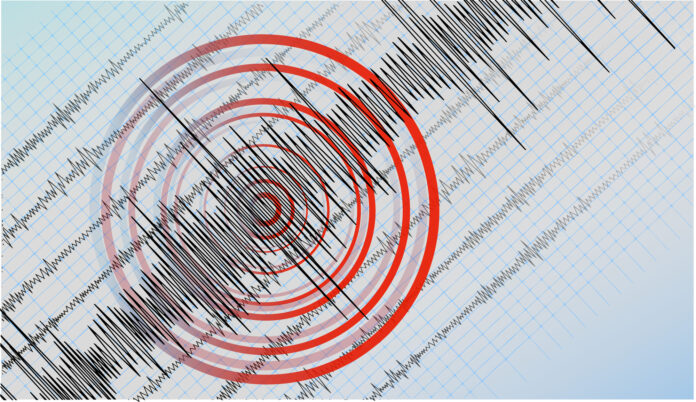A moderate earthquake measuring 4.7 on the Richter scale shook the Lisbon metropolitan area February 17, 2025 at 1:24 PM. According to the Portuguese Institute of the Sea and Atmosphere (IPMA), the epicenter was located approximately 14 kilometers west-southwest of Seixal. The tremor was felt in various regions, from Central Portugal to the Algarve, prompting concern but causing no reported casualties or significant structural damage.
While there were no reports of casualties or critical infrastructure failures, the earthquake prompted precautionary evacuations in several schools and health centers in Seixal. Officials confirmed that operations in these facilities resumed after structural assessments to ensure safety for students, staff, and patients. Residents across Lisbon reported feeling the tremors, with some experiencing swaying furniture and brief power fluctuations.
Lisbon’s Preparedness for Seismic Events
In response to the event, Lisbon Mayor Carlos Moedas reassured residents that the city is well-prepared for earthquakes and potential tsunamis, stating “We have not received any emergency requests, but we are aware that many people have called seeking information.” He highlighted Lisbon’s infrastructure and preparedness measures, which include 86 designated emergency meeting points and the Aviso LX early warning system. These can be accessed via SMS by sending ‘AvisosLx’ to 927 944 000.
Moedas also outlined earthquake preparedness efforts that have been carried out in recent years, including reviewing the structural integrity of more than 1,400 buildings, the distribution of over 2,500 emergency kits, and training 700 engineers in anti-seismic resistance. These initiatives aim to minimize damage and improve emergency response times in the event of a major earthquake.
The Baixa Pombalina district, known for its historical architecture, remains a primary area of concern due to its pre-modern construction techniques. The mayor confirmed that ongoing evaluations are being conducted to assess the seismic resilience of older buildings, while modern developments are being built with strict earthquake-resistant standards.
Earthquake Felt Beyond Lisbon
President Marcelo Rebelo de Sousa acknowledged feeling the quake at his official residence in Belém. Citizens reported feeling windows rattle and chandeliers sway, although no major damage was recorded. According to IPMA, the tremor reached a maximum intensity of V on the Modified Mercalli Scale in Sintra and Almada, while weaker tremors were recorded in municipalities as far as Coimbra and the Algarve.
Despite initial concerns, geologists have stated that this earthquake does not indicate an increase in seismic activity. Geologist Filipe Rosa explained that the tremor occurred within the Eurasian tectonic plate rather than at its border with the African plate, where stronger earthquakes are more likely. This distinction suggests that, while tremors are expected in the region, they do not necessarily signal a heightened risk of a major earthquake in the near future.
Seismic Activity in Europe
The earthquake in Lisbon follows recent heightened seismic activity in other parts of Europe, including a 5.3 magnitude tremor near Santorini, Greece. European Facilities for Earthquake Hazard and Risk (EFEHR) has identified several high-risk urban areas prone to seismic events, including Athens, Bucharest, Istanbul, and Naples. These regions are historically known for their vulnerability to seismic activity due to their proximity to tectonic fault lines.
The Lisbon earthquake also serves as a reminder of Portugal’s seismic history, with the most devastating event occurring in 1755. At that time, an estimated 8.5–9.0 magnitude earthquake struck the region, which triggered a massive tsunami and widespread destruction. While modern engineering and emergency preparedness have significantly improved, authorities stress the importance of continued awareness and readiness.
Lisbon’s emergency response framework includes regular earthquake simulation drills carried out by the Firefighters Regiment, as well as ongoing public awareness campaigns about self-protection measures. City officials encourage residents to familiarize themselves with designated emergency meeting points and ensure their homes and workplaces are as earthquake resistant as possible. Lisbon’s emergency meeting points and additional earthquake preparedness resources can be found on the city’s official website.
Authorities continue to monitor the situation and will issue further updates if necessary.


